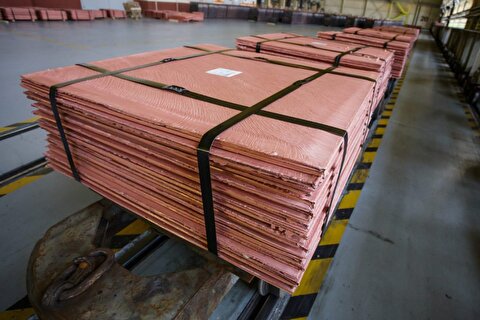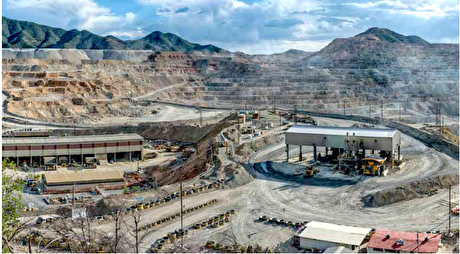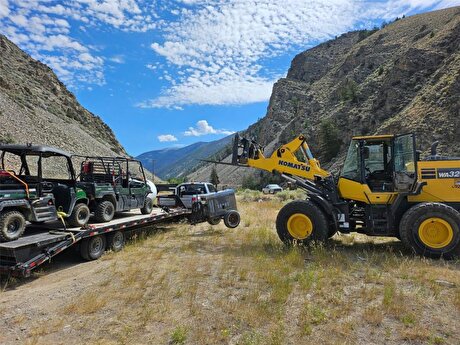
final acceptance for 6 bell annealing furnaces released by atakaş

Turkish steelmaker Atakaş released the final acceptance for six bell annealing furnaces in operation at Iskenderun.
The supply consisted of the addition of six new bases (three furnace bells and three cooling bells) to the existing BAF eight-base line installed and started-up by Danieli in 2018, along with the complete cold-strip complex.
The upgraded facility now is capable of processing prime-quality annealed sheet products of cold-rolled carbon steel for the general and automotive markets – CQ, DQ, DDQ and EDDQ quality, according to the related international standards.
Maximum diameter of coils is 2,000 mm, with strip thickness ranging from 0.3 up to 2.0 mm.
Up to five coils (100 tons) are charged on the treatment base, which is enclosed by a stainless steel inner cover that maintains a perfectly sealed working atmosphere.
The working atmosphere is purged with nitrogen, then filled with hydrogen, which is used to speed up heating and cooling times, to protect coil surface from oxidizing and to ensure brightness.
A heating bell is positioned on the base to start the heating and soaking phase of the cycle, reaching the metallurgical transformation temperature (up to 750 °C) with +/- 10°C uniformity.
The heating bell is removed with the crane and a dedicated cooling bell is then placed over the inner cover to reduce the cooling time to the minimum, maximizing the production rate.
At the end of cycle (typically 35/40 hours in total) the treated coil features perfect mechanical/metallurgical properties, homogeneous between surface and coil center.
All process parameters, as well as safety functions, are managed by Danieli Automation control system.
Contractual performances including consumption and emissions were achieved.
Erection and commissioning phases have been optimized so that the plant stoppage for the integration of the new bases was reduced to two weeks.


Gold price eases after Trump downplays clash with Fed chair Powell

Copper price hits new record as tariff deadline looms

Brazil producers look to halt pig iron output as US tariff threat crimps demand

Chile’s 2025 vote puts mining sector’s future on the line

Gold price could hit $4,000 by year-end, says Fidelity

Three workers rescued after 60 hours trapped in Canada mine

US targets mine waste to boost local critical minerals supply

Glencore workers brace for layoffs on looming Mount Isa shutdown

Energy Fuels surges to 3-year high as it begins heavy rare earth production

Trump tariff surprise triggers implosion of massive copper trade

Maxus expands land holdings at Quarry antimony project in British Columbia

BHP, Vale accused of ‘cheating’ UK law firm out of $1.7 billion in fees

Southern Copper eyes $10.2B Mexico investment pending talks

American Tungsten gets site remediation plan approved for Ima mine in Idaho

Kinross divests entire 12% stake in Yukon-focused White Gold

Gold price could hit $4,000 by year-end, says Fidelity

Southern Copper expects turmoil from US-China trade war to hit copper

Ramaco Resources secures five year permit for Brook rare earth mine in Wyoming

Column: EU’s pledge for $250 billion of US energy imports is delusional

Trump tariff surprise triggers implosion of massive copper trade

Maxus expands land holdings at Quarry antimony project in British Columbia

BHP, Vale accused of ‘cheating’ UK law firm out of $1.7 billion in fees

Southern Copper eyes $10.2B Mexico investment pending talks

American Tungsten gets site remediation plan approved for Ima mine in Idaho

Kinross divests entire 12% stake in Yukon-focused White Gold

Gold price could hit $4,000 by year-end, says Fidelity

Southern Copper expects turmoil from US-China trade war to hit copper

Ramaco Resources secures five year permit for Brook rare earth mine in Wyoming














